#SasanianEmpire
Photo
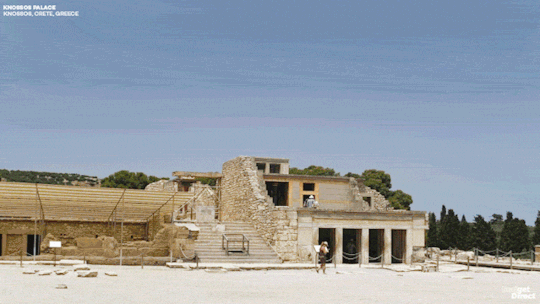
A Gallery of Reconstructed Palaces
In this gallery, we present reconstructions of seven famous palaces through history. The palaces, presented here in the chronological order of their construction, are:
Continue reading...
129 notes
·
View notes
Photo

#阿富汗文物 #萨珊王朝#SasanianEmpire #爱神#伊丝塔#Ishtar#伊南娜#Inanna #六世纪 #临展#攻金之工:亚欧大陆早期金属艺术与文明互鉴 #清华大学艺术博物馆 #海淀区(在 清华大学艺术博物馆) https://www.instagram.com/p/CpuA0sVP5jc/?igshid=NGJjMDIxMWI=
2 notes
·
View notes
Text
Erhan Ateş. Kuruluşundan Moğol istilalarına kadar Duvin şehri ve çevresi. Doktora tezi (2022)
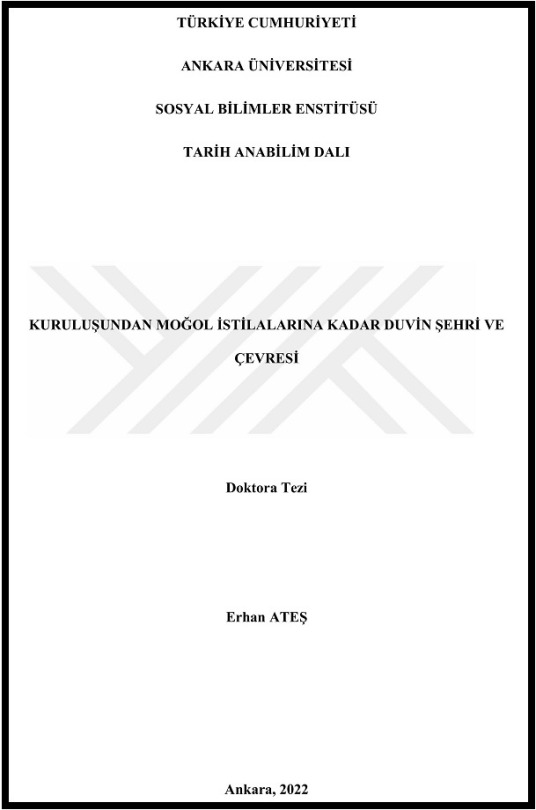
Erhan Ateş. Kuruluşundan Moğol istilalarına kadar Duvin şehri ve çevresi. Doktora tezi (2022) https://www.avetruthbooks.com/2023/09/erhan-ates-kurulusundan-mogol-istilalarina-kadar-duvin-sehri-ve-cevresi-doktora-tezi-2022.html?feed_id=17546
#History#AbbasidCaliphate#ArabianCaliphate#Bagrationidynasty#ByzantineEmpire#Dissertations#ErhanAteş#HistoryofAzerbaijan#HistoryofDvinDuinDwin#Ilkhanids#Khwarazmshahs#Nakhchivanshahs#Rawadids#Sajiddynasty#Sallariddynasty#SasanianEmpire#Seljuqids#Shaddadids#UmayyadCaliphate
0 notes
Photo

Anahita Temple at Takht-e Soleyman معبد آناهیتا در تخت سليمان A temple attributed to Anahita, the goddess of water which is located to the northeast of the lake. People used to praise water in this temple. In some periods it was customary, in time of wars, to throw valuable and precious votive objects to the lake and believed that Anahita would protect them against enemies. So, there is hope for great treasure lying at the lake bed! معبد آناهیتا؛ معبد ستایش آب: معبد آناهیتا در شمال شرقی دریاچه در تخت سليمان نیز حائز اهمیت است، چون آناهیتا، الهه آب، مورد احترام ایرانیان باستان بوده است. با توجه به قداست و اهمیت آب در آئین زرتشت و در بین آریاییها، معابدی برای نیایش و ستایش آب احداث گردید كه معبد آناهیتا (الهه آب) یكی از مهمترین آنها بهشمار میآید. در ایران باستان آناهیتا فرشته و نگهبان آب و فراوانی، زیبایی و باروری است. آناهیته یعنی پاک و بیآلایش، این واژه در اوستا برای صفت فرشتگان و اشیاء، بسیار به کار رفته است، غالباً مهر و تشتر (تیر) و هوم و برسم و آب زور و فروغ و غیره به صفت آناهیته یعنی پاکی و بی آلایشی توصیف شدهاند. در آیین زردشتی نگهبانی عنصر آب با فرشته آناهیتا (ناهید) میباشد، یكی از یشتهای اوستا به نام آناهیتا به آبان یشت معروف است، آناهیتا تنها ایزدی است كه اهورامزدا به او پیشكش ارزانی میدارد. ایزدبانوی آناهیتا را میتوان ایزد پیش زرتشتی دانست؛ این فرشته در نزد ایرانیان قدیم دارای مقام بلند و ارجمندی میباشد. #sasanianarchitecture #sasanian #sassanian #sasanid #sassanid #sasanianempire #takhtesoleyman #Solomon #Azargoshasb #Zoroastrian #anahitatemple #goddess #water #WestAzerbaijan #iran #unescoworldheritagesite #آناهیتا #زرتشتى #ساسانيان #آتشكده (at Takht-e Soleymān)
#takhtesoleyman#sasanianarchitecture#westazerbaijan#solomon#زرتشتى#water#sassanian#sasanianempire#zoroastrian#sasanid#goddess#iran#unescoworldheritagesite#ساسانيان#sassanid#آتشكده#آناهیتا#anahitatemple#sasanian#azargoshasb
0 notes
Photo
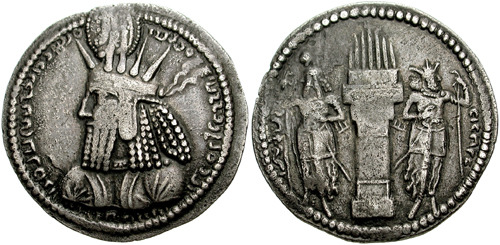
Bahram I was the fourth Sassanid emperor of the third Persian Empire (r. June 271-September 274). He was the eldest son of Shapur and succeeded his brother Hormizd I (r. May 270–June 271), who had reigned for only a year. Bahram I had the prophet Mani, founder of Manichaeism, sentenced to death because Mani was opposed to zoroastrianism.
23 notes
·
View notes
Photo
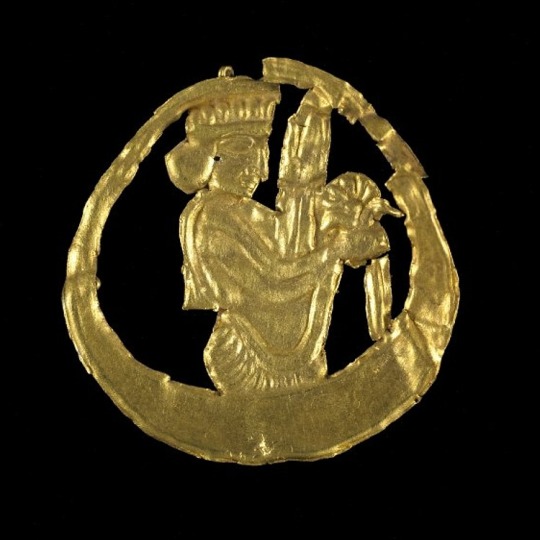
Women in Ancient Persia
Women in ancient Persia were not only highly respected but, in many cases, considered the equals of males. Women could own land, conduct business, received equal pay, could travel freely on their own, and in the case of royal women, hold their own council meetings on policy.
Continue reading...
100 notes
·
View notes
Photo
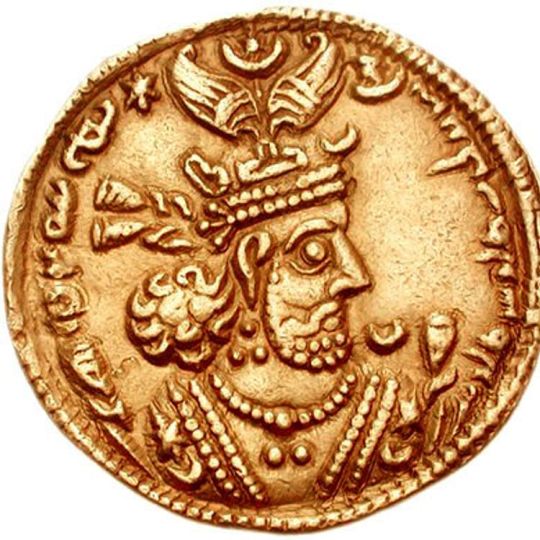
Khosrow II
Khosrow II (aka Kosrau II, r. 590-628) was the last powerful shahanshah (king of kings) of the Sassanian Empire. Grandson of Kosrau I (r. 531-579) and near-conqueror of the Byzantine Empire in the Byzantine-Sassanian War of 602-628, Khosrow II was a devout Zoroastrian, whose favorite wife, Shireen, was a Christian. His reign marks the end of classical Zoroastrian culture before the Islamic conquest of modern-day Iran in 651.
Continue reading...
60 notes
·
View notes
Photo
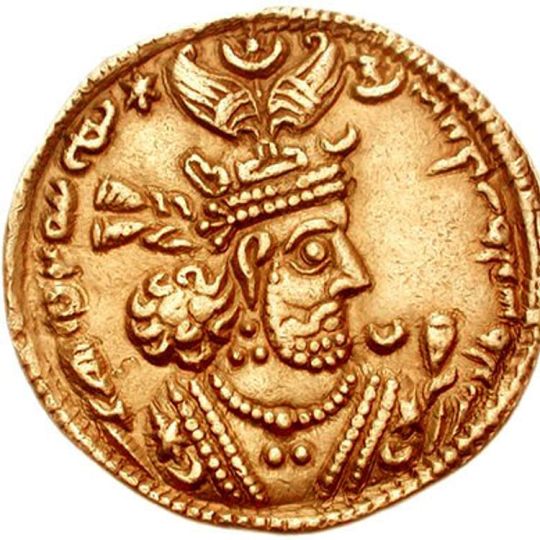
Khosrow II
Khosrow II (aka Kosrau II, r. 590-628) was the last powerful shahanshah (king of kings) of the Sassanian Empire. Grandson of Kosrau I (r. 531-579) and near-conqueror of the Byzantine Empire in the Byzantine-Sassanian War of 602-628, Khosrow II was a devout Zoroastrian, whose favorite wife, Shireen, was a Christian. His reign marks the end of classical Zoroastrian culture before the Islamic conquest of modern-day Iran in 651.
Rise to Power
Khosrow II's father and predecessor, Hormizd IV (r. 570-590), sent his general Bahram Chobin to subdue the hordes of Turkish horsemen who were threatening the Persian Empire. While Chobin successfully ended the threat, Hormizd IV insulted him for losing a minor battle. Chobin was enraged and rebelled against the Sassanian dynasty, the family that had ruled ancient Persia since 224 CE. Then, Khosrow II's uncles, Vistam and Vindoe, also rose in rebellion. The brothers put out Hormizd IV's eye with a red-hot poker.
Continue reading...
49 notes
·
View notes
Photo
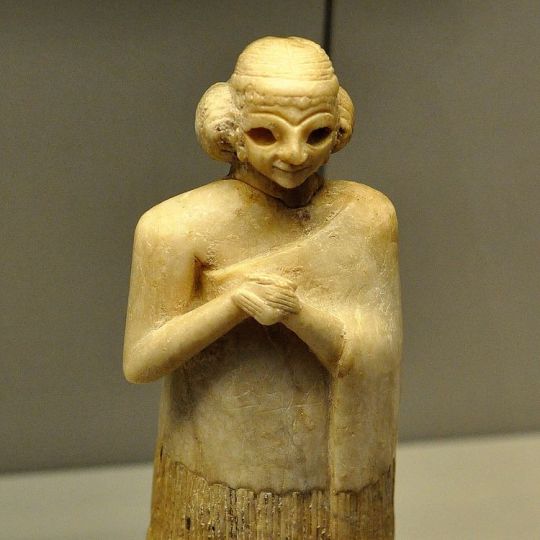
Women in Ancient Mesopotamia
The lives of women in ancient Mesopotamia cannot be characterized as easily as with other civilizations owing to the different cultures over time. Generally speaking, though, Mesopotamian women had almost equal rights, could own businesses, buy and sell land, live on their own, initiate divorce, and, though officially secondary to men, found ways to assert their autonomy.
Statue of a Sumerian Woman
Osama Shukir Muhammed Amin (Copyright)
Continue reading...
96 notes
·
View notes
Photo

The Sassanid Empire c. 620 CE
A map illustrating the rise and expansion of the Sassanid Empire (also known as Erānshahr, "the Domain of the Iranians/Aryans" or Neo-Persian Empire.) Named after the House of Sasan, it was the longest-lived Persian imperial dynasty, enduring from 224 CE until the Islamic conquests in the 7th century. The Sasanians believed themselves successors of the Achaemenids and rivals of the Greco-Roman civilization. The expansion of their power brought perpetual conflict with Rome and Byzantium (at one time holding an Emperor prisoner).
34 notes
·
View notes
Text
Hüseyin Gökalp. Irak'ın fethi ve İslâmlaşma süreci (Hulefâ-i Râşidîn dönemi). Doktora tezi (2019)

Hüseyin Gökalp. Irak'ın fethi ve İslâmlaşma süreci (Hulefâ-i Râşidîn dönemi). Doktora tezi (2019) https://www.avetruthbooks.com/2023/08/huseyin-gokalp-irakin-fethi-ve-islamlasma-sureci-hulefa-i-rasidin-donemi-doktora-tezi-2019.html?feed_id=17333
#History#AbuBakr#ArabianCaliphate#Dissertations#HistoryofIraq#HüseyinGökalp#Quraysh#RashidunCaliphate#SasanianEmpire#UmaribnalKhattab
0 notes
Text
Fenâyî. Tercüme-i tevârîh-i mülûk: Nevâyî'nin Fars hükümdarları tarihi (2020)

Fenâyî. Tercüme-i tevârîh-i mülûk: Nevâyî'nin Fars hükümdarları tarihi (2020) https://www.avetruthbooks.com/2023/04/fenayi-tercume-i-tevarih-i-muluk-nevayinin-fars-hukumdarlari-tarihi-2020.html?feed_id=16387
#History#AlisherNavai#HilalOytunAltun#HistoricalsourcesinTurkish#HistoryofAzerbaijan#HistoryofIran#ParthianEmpire#SasanianEmpire
0 notes
Photo
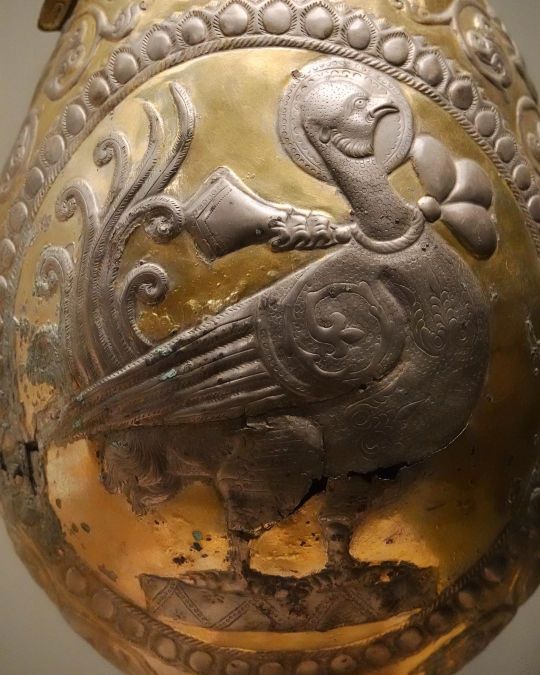
#伊朗文物 #萨珊王朝#SasanianEmpire #凤鸟纹#银壶 #七世纪 #临展#攻金之工:亚欧大陆早期金属艺术与文明互鉴 #清华大学艺术博物馆 #海淀区(在 清华大学艺术博物馆) https://www.instagram.com/p/Cp4jLpYvy5l/?igshid=NGJjMDIxMWI=
0 notes
Photo
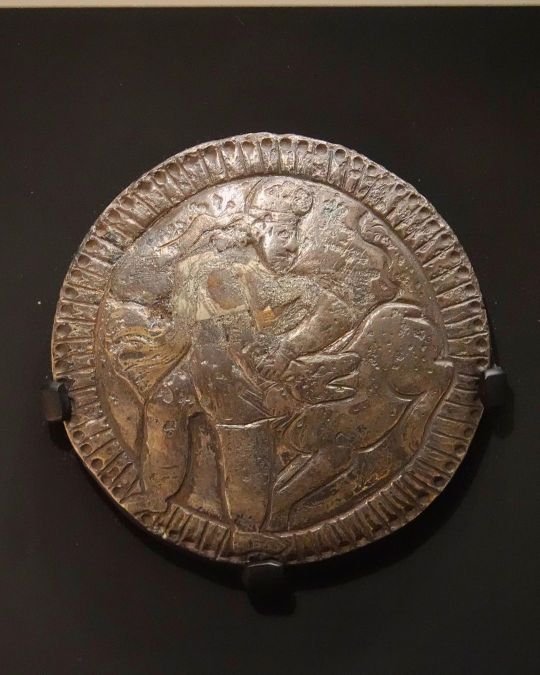
#伊朗文物 #萨珊王朝#SasanianEmpire #狩猎纹#银饰 #七世纪 #临展#攻金之工:亚欧大陆早期金属艺术与文明互鉴 #清华大学艺术博物馆 #海淀区(在 清华大学艺术博物馆) https://www.instagram.com/p/Cp3wTLWv4m3/?igshid=NGJjMDIxMWI=
0 notes
Photo
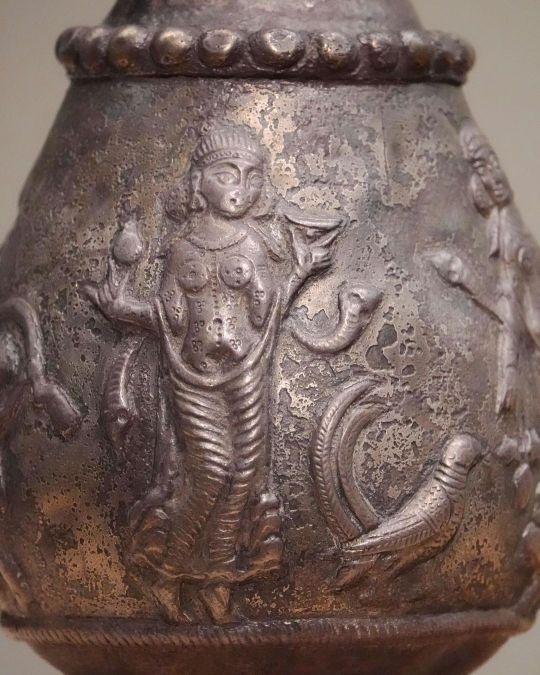
#伊朗文物 #萨珊王朝#SasanianEmpire #仕女纹#银壶 #六世纪 #临展#攻金之工:亚欧大陆早期金属艺术与文明互鉴 #清华大学艺术博物馆 #海淀区(在 清华大学艺术博物馆) https://www.instagram.com/p/CpwOHiJvQxr/?igshid=NGJjMDIxMWI=
0 notes
Photo

#巴基斯坦文物 #萨珊王朝#SasanianEmpire #金项链 #四世纪 #临展#攻金之工:亚欧大陆早期金属艺术与文明互鉴 #清华大学艺术博物馆 #海淀区(在 清华大学艺术博物馆) https://www.instagram.com/p/CprS1ufvdUp/?igshid=NGJjMDIxMWI=
1 note
·
View note